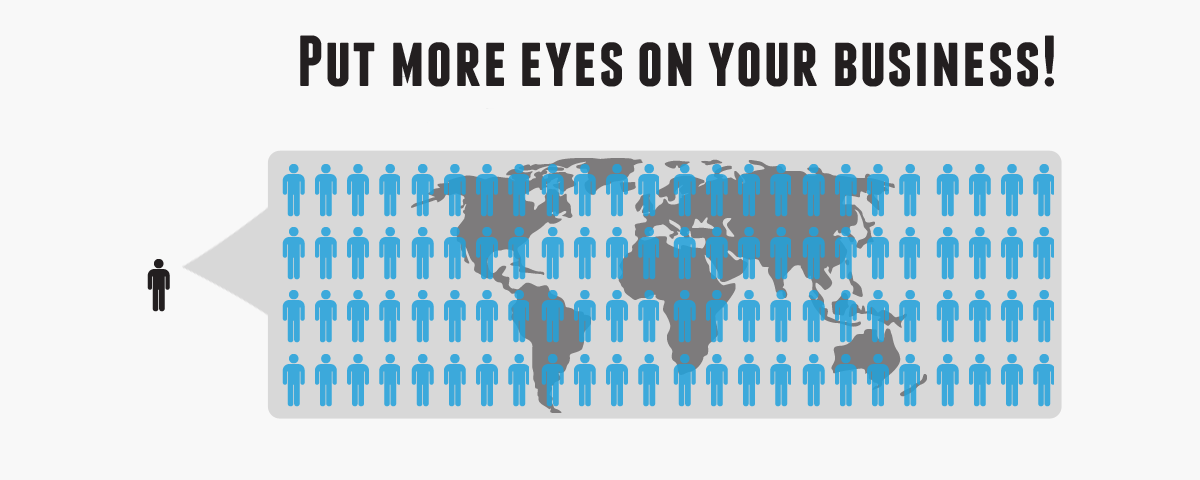Part I of our series this week discussed outreach and Part II discussed monitoring, so reporting is your natural next step to complete a well-rounded earned media plan. Below explains earned media as well as offers a case study to help see how reporting can make a difference in your future success.
Reporting Earned Media with Spreadsheets
Just because you didn’t pay for media doesn’t mean it was just a nice “extra.” As discussed in Parts I and II, earned media is some of the most important marketing that is coming your way, so it’s important to report it and get involved in the conversation.
I recommend creating a Google Doc so that multiple employees can get involved and record earned media successes in real-time. I recommend having three tabs at minimum:
- Article Tab: Here you should record the title, date of publication, author of the article, number of pageviews and referalls, number of social shares, and any changes seen in your SEO during that time.
- Inbound Link Tab: Record all of the links that you build within that article, but also try to record others who are linking to that article. This is where a tool like Open Site Explorer is great.
- Relationship Tab: You want to keep all of your relationships straight with different websites. Write down the name of the editor, his/her email address, when you first interacted, what deals you’ve made with each other, and any notes you may need for the future.
Once you have all of your data and metrics in one place, you can begin to group those that are most successful together to find trends for the future. Was a certain type of headline working best for you? Were there some publications that did better for your website traffic than others?
A Case Study: GrooveHQ Reaches 1 Million+ People Through Guest Blogging
Customer Support Company GrooveHQ proved that guest blogging can make a huge difference even without the SEO value. Their story got the attention of influencers like Rand Fishkin discussing the importance of blogging for the sake of visibility and overall authority.
What They Did: They published a blog post on Buffer’s blog.
What They Found: They watched real-time analytics to discover that within an hour of the post being published, they had 1,000 unique visitors, which soon turned into 5,000, and then 10,000, and then finally 20,000. Today, the past has been shared online more than 10,000 times.
Their Next Steps: After realizing the power of publishing on authoritative websites, then went on to write for Copyblogger, KISSmetrics, Shopify, and more. Below are the results they showed us in graph form:
In sum, it was their partners that now have more than 1 million subscribers. They did add that the numbers don’t necessarily reflect the overall influence of the actual blogs, but rather different things that made the actual post successful such as an effective headline, relevant content, timing, etc. (which brings us back to the importance of executing earned media correctly).
Read the full case study here.
What It Means to You
GrooveHQ’s takaway is one that transfers to all businesses: There’s no faster or cheaper way to reach massive audiences than guest blogging. By leveraging existing audiences in a way that delivers value, you create opportunities for exponential growth.
While making the statement that there is “no faster or cheaper way” might be bold, many companies will agree that the benefits of earned media are not going anywhere. In fact, if you can get rid of the SEO-drive goals and focus on your audience, it will surely only become more crucial to success.
Questions about the reporting of earned media? Let us know in the comment section below or reach out to us on Google+ and we’ll get the discussion started.

